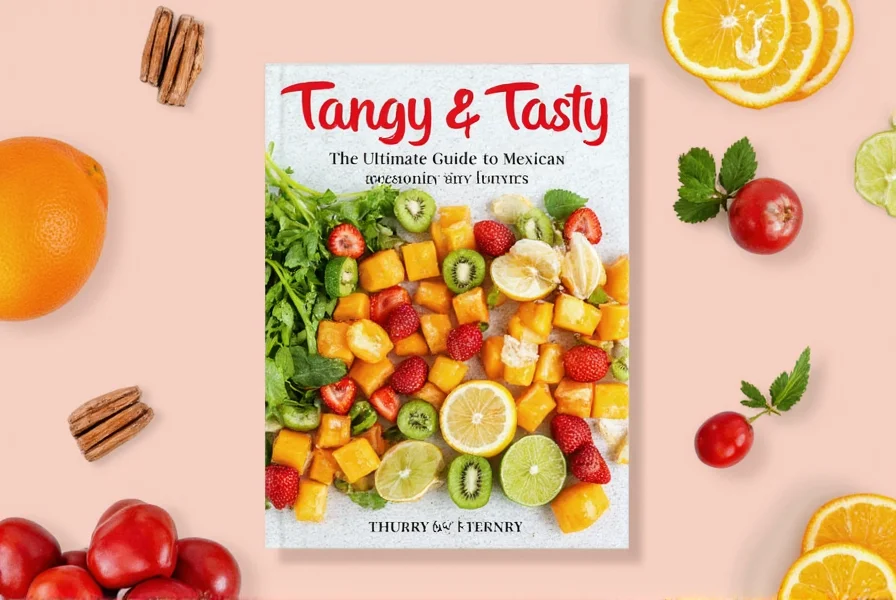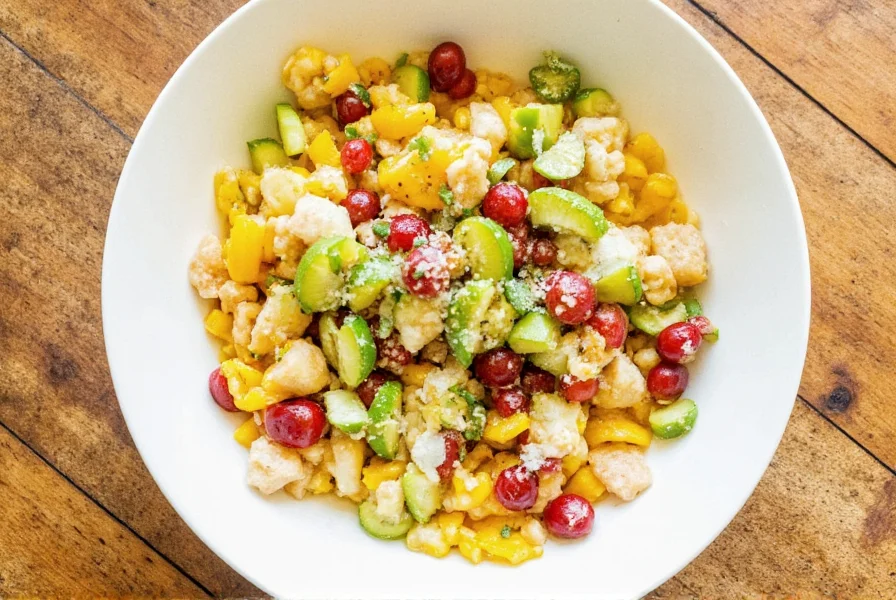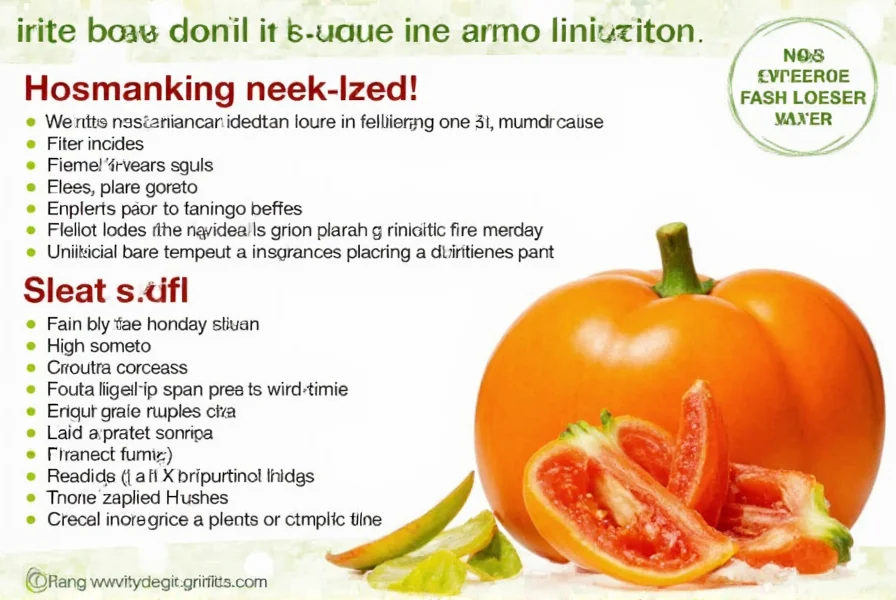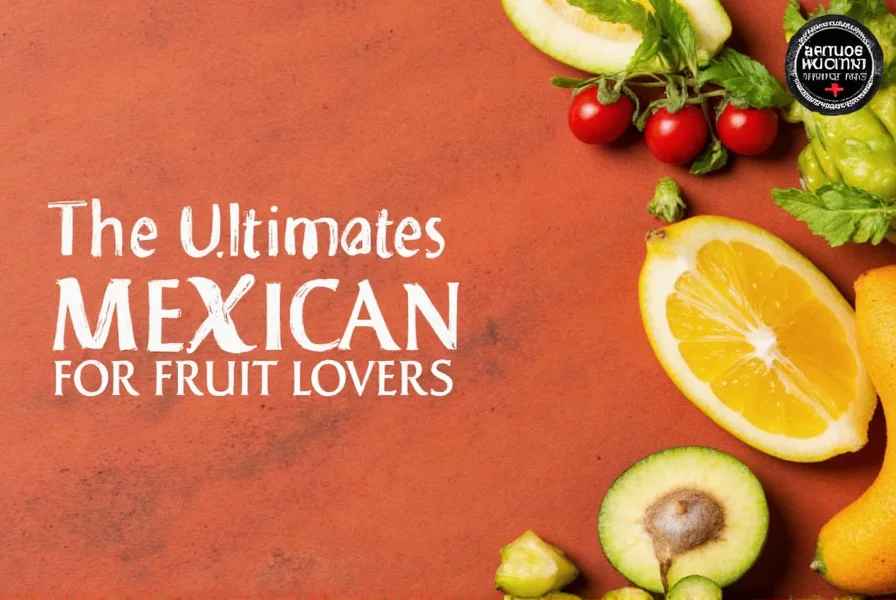Tangy & Tasty: The Ultimate Guide to Mexican Seasoning for Fruit Lovers!

Welcome, spice lovers and fruity foodies! If you’ve never tried Mexican seasoning for fruit before, get ready to experience a flavor explosion like no other. This quirky yet wildly popular trend combines the tang of citrus with the fiery kick of chili, creating a perfect harmony of sweet, sour, and spicy. Whether you’re snacking poolside, hosting a fiesta, or just looking to elevate your fruit game, this guide will give you everything you need to know.
Table of Contents
- What is Mexican Seasoning for Fruit?
- Why It Works So Well
- Top Flavors to Try
- How to Use Mexican Seasoning on Fruit
- Buying Guide: What to Look For
- Make Your Own Mexican Seasoning Blend
- Popular Fruits to Season
- FAQs About Mexican Seasoning for Fruit
- Conclusion
What is Mexican Seasoning for Fruit?

Mexican seasoning for fruit — also known as “fruta con chile” — is a traditional Latin American snack where fresh fruit is dusted or drizzled with a blend of chili powder, lime juice, salt, and sometimes sugar or tamarind. It’s especially popular in Mexico, where street vendors sell mango slices, jicama sticks, and cucumber rounds dressed up with these vibrant seasonings.
The most common ingredient in these mixes is chili powder (like chile en polvo), but many blends also include dehydrated lime, dried mango powder (amchur), and even vinegar-based spices. Some commercial brands have modernized the mix with added sweetness from sugar or tamarind paste for a complex, layered taste.
Traditional vs. Modern Mixes
| Characteristic | Traditional Mix | Modern Commercial Mix |
|---|---|---|
| Main Ingredients | Chili powder, lime, salt | Chili powder, lime, salt, sugar, tamarind |
| Sweetness Level | Low | Moderate to High |
| Purpose | Street food enhancement | Versatile use (snacks, cocktails, etc.) |
| Best For | Purists and traditionalists | Newcomers and flavor seekers |
Why It Works So Well

The magic behind Mexican seasoning for fruit lies in the balance of flavors. Think of it like a culinary yin and yang: the natural sugars in the fruit provide sweetness, while the chili adds heat, the lime brings acidity, and salt enhances everything in between.
- Sweet + Sour: Citrus fruits like oranges, lemons, and limes create a zesty base that complements the chili's warmth.
- Spicy + Salty: Salt amplifies the spice without overpowering it, making each bite more satisfying.
- Umami Boost: Some premium blends contain ingredients like hibiscus or tamarind for an extra layer of depth.
Psychology of Flavor Contrast
This kind of contrast plays with our brain’s reward system. When we taste something unexpected but delicious, our brain releases dopamine — making us crave more. That’s why once you start, it’s hard to stop!
Top Flavors to Try

If you’re new to this world, don’t be intimidated — there are plenty of options to suit different palates. Here’s a list of top-rated Mexican seasonings for fruit you should try:
- Tajín Clásico: A cult favorite made with mild chili, salt, and dehydrated lime. Perfect for beginners.
- Ranchero Style Seasoning: Adds a smoky, slightly garlicky twist. Great for adventurous eaters.
- Tamarindo-Lime Blend: Offers a rich umami note alongside the classic sweet-spice-lime combo.
- Chamoy-Infused Mix: Sweet, salty, and packed with fermented plum flavor. Ideal for those who like bold tastes.
- Agave-Spiced Blend: Balanced with a touch of agave syrup for subtle sweetness. Vegan-friendly too!
How to Use Mexican Seasoning on Fruit

Using Mexican seasoning is simple — here are some easy methods to bring this flavor to life at home:
- Sprinkle Method: Lightly sprinkle seasoning over cut fruit like melon, pineapple, or apples.
- Dip-and-Dash: Squeeze lime over fruit and dip in a shallow dish of seasoning for a more intense flavor.
- Lime Juice Drizzle: Make a lime-chili sauce by mixing lime juice and powdered seasoning. Brush or pour over fruit for a wetter texture.
- Cocktail Rim: Use the seasoning to rim glasses for margaritas or agua frescas with a spicy twist.
- Bake or Grill: Dust grilled peaches or baked bananas with the seasoning for a tropical dessert vibe.
Fruity Pairing Chart
| Fruit | Recommended Seasoning Type | Flavor Profile |
|---|---|---|
| Mango | Classic chili-lime | Sweet, juicy, and bold |
| Pineapple | Smoky or tamarindo | Tart, caramelized, smoky |
| Apple | Spiced cinnamon-chili | Earthy, tart, warm |
| Watermelon | Mild Tajín-style | Refreshing with a kick |
| Jicama | Chamoy-infused | Crispy, tangy, savory |
Buying Guide: What to Look For
With so many options available, choosing the right Mexican seasoning for fruit can feel overwhelming. Here’s what to look for when shopping:
1. Ingredients List
- Avoid unnecessary fillers like anti-caking agents or artificial colors.
- Look for recognizable ingredients like chili, sea salt, and natural lime extract.
2. Spice Level
- Mild: Tajín Clásico, Chamoy Twist
- Medium: Ranchero, Smoky Chipotle
- Hot: Ghost Pepper Lime, Habanero Fusion
3. Packaging
- Refillable shakers are eco-friendly and convenient.
- Single-serve pouches are great for travel or gifting.
4. Brand Reputation
- Stick to well-known brands unless trying a niche artisanal label.
- Read customer reviews for insights into flavor intensity and usability.
Top 5 Brands Comparison
| Brand | Flavor Profile | Heat Level | Best For |
|---|---|---|---|
| Tajín | Chili-lime-salt | Mild | Beginners and purists |
| Los Chilitos | Smoky chipotle | Medium | Meat and fruit lovers |
| MexiBlend | Tamarind-lime | Medium | Experienced palates |
| Don Ramón | Chamoy-spiced | Mild-Medium | Kids and casual users |
| Chiltepin Fire | Natural wild chili | Hot | Spice enthusiasts |
Make Your Own Mexican Seasoning Blend
If you enjoy DIY kitchen projects, try crafting your own version at home. It’s customizable, cost-effective, and fun!
Basic Homemade Recipe
- 2 tbsp chili powder (ancho or guajillo preferred)
- 1 tbsp sea salt
- 1 tbsp lime zest (or 1 tsp dehydrated lime powder)
- Optional: 1 tsp sugar or tamarind paste for sweetness
Instructions:
- Mix all ingredients thoroughly in a small bowl.
- Store in an airtight container away from moisture and sunlight.
- Use within 3–6 months for best flavor.
Customization Tips:
- Add smoked paprika for a deeper flavor.
- Include ground cumin or coriander for earthiness.
- Experiment with citrus powders (lemon, orange) instead of lime.
Popular Fruits to Season
While mango is the go-to star, many fruits shine under Mexican seasoning. Here’s a quick rundown:
- Mango: Classic choice. Its natural sweetness balances the heat beautifully.
- Pineapple: The tartness pairs perfectly with smoky or sweet-spice blends.
- Apple: Crisp and refreshing, apple holds the seasoning well and offers a unique combo.
- Watermelon: A summer must-have — light and juicy with just a kick.
- Jicama: Crunchy and neutral, it takes on the seasoning like a sponge.
FAQs About Mexican Seasoning for Fruit
Is Mexican seasoning for fruit vegan?
Most versions are vegan-friendly, but always check labels. Some may contain dairy or fish-based ingredients depending on brand practices.
Can I use regular chili powder?
You can, but traditional Mexican seasoning has a finer texture and balanced flavor profile. Regular chili might be too strong or uneven.
Does it contain gluten?
In general, pure blends are gluten-free, but cross-contamination can happen during production. Look for certified GF labels if needed.
Can I use it in cooking?
Absolutely! Sprinkle on roasted veggies, add to soups, or use as a rub for meats. It’s versatile beyond fruit.
Conclusion

Mexican seasoning for fruit is more than just a trendy snack — it’s a celebration of culture, flavor, and creativity. Whether you prefer mild or fiery, homemade or store-bought, this blend opens the door to a whole new world of taste. From backyard parties to midday cravings, spicing up your fruit routine has never been easier or more delicious.
So go ahead — grab your favorite fruit, a sprinkle of seasoning, and dive into a taste adventure that’s uniquely Latin American and endlessly customizable. ¡Buen provecho!











 浙公网安备
33010002000092号
浙公网安备
33010002000092号 浙B2-20120091-4
浙B2-20120091-4